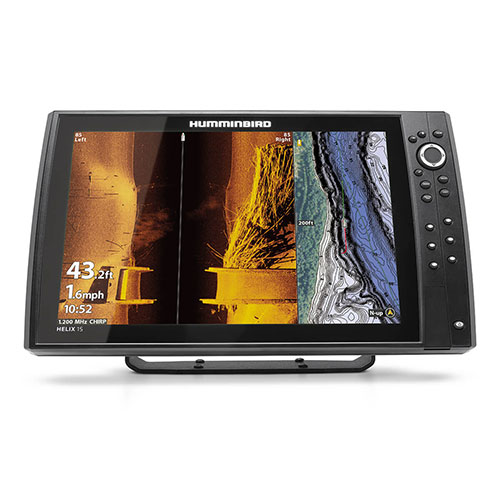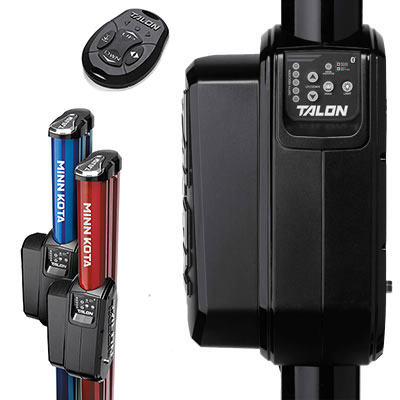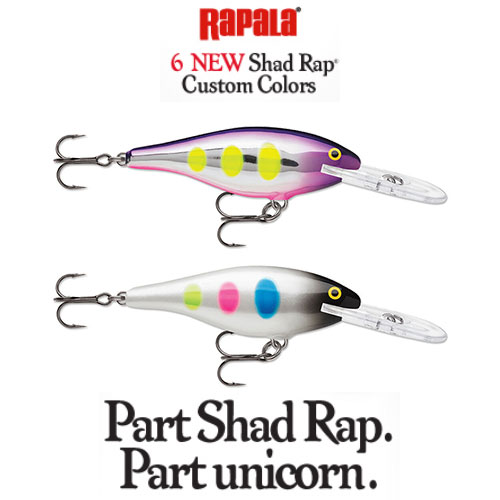The Mobility Spectrum
By Jason Mitchell - December 27, 2021
So, when do you drill holes and when do you sit? We obviously sit when we feel like we are on top of fish. In order to sit in one location and catch fish, we need to be able to run traffic out of a few holes. Two things often need to happen. There must be a lot of fish moving and usually, you must be alone or have very few people fishing around you. If the fish are not moving and you are not moving, and the fish are not right below you... you will not catch them. If fish are moving and you are in a key location where these fish will move through, you can run traffic and catch them. If you are surrounded by several anglers however, many of those fish will get caught before they ever get to you. These movements can also be dictated by timing. Walleye for example might only move through a spot in the mornings and evenings and the middle of the day might be slow.
Sitting works best when you are on a good location when the fish are moving. If you are alone, sitting works that much better.
What are factors when sitting doesn't work so well? Realistically when you are not on fish. When the fish are not moving and if you have a lot of people around you.

There is a time however when this run and gun mentality of aggressively drilling holes can work against you... shallow water with spooky fish. One of the most difficult situations for catching fish regardless of species is shallow clear water with thin, clear ice. Every time you move, every time you drill a hole, you just push these fish further away. We have seen this same situation unfold in several states on several different bodies of water for several different species of fish. Reclamation lakes in Iowa, perch sloughs in South Dakota, walleye backwater river flowages in Illinois and Wisconsin.
If you don't identify these factors and make the right adjustments, catching fish in these shallow situations can be extremely difficult. Finding fish when fish are spooking from overhead noise is more methodical. You must slow down and give a spot half an hour. Let the area settle down and let fish come back to your hole. At times, these situations create low light bites but not always.

Running and gunning in the conditions described above can leave you fishless. On the flip side, not drilling enough holes and finding active fish can often be the kiss of death when the circumstances or conditions change. Let the conditions dictate your strategy.


Jason Mitchell













